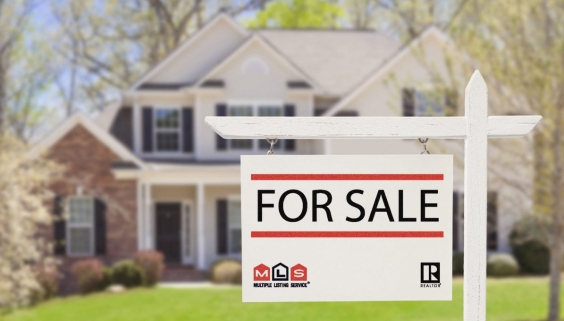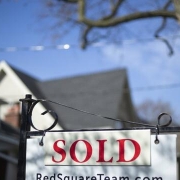If I were asked to compile a list, “Why is Toronto real estate so bananas?” has joined his buddies, “So, what are you thinking about school in September?” and “Who’s idea was it to open bars, anyway?” as my most prominently featured conversations of this pandemic summer.
While I have no clue where to even begin to answer the second two questions, the subject of Toronto real estate in the time of COVID-19 continues to be endlessly fascinating.
To quickly recap, when the pandemic lockdown first set in, I, along with pretty much all of my industry colleagues, braced for impact.
Following a record-breaking February and first half of March, April was a complete bloodbath. Houses that would have sold in multiple offers just days earlier suddenly sat, prices fell, the industry shut down.
Buyers were at home.
People were rattled, presumably by the economic fallout that was to come from these “unprecedented times,” and the market was frozen.
But then it woke back up again. And woke back up, it did.
This has been, by all accounts, the busiest summer on record. The average price of a home in Toronto is now closer than it’s ever been to $1,000,000.
Yes, $1,000,000.
And that is in the middle of a global pandemic with credible fears of a second wave to come.
And a suburban and rural exodus from Toronto driving outer markets to record levels.
Maybe it’s the pent-up demand from the spring market that never came, or possibly the fact that most people aren’t travelling this year, or maybe even the five months of social distancing that likely changed our perspectives on our living situations.
And it’s not that people are oblivious to the potential economic fallout of COVID-19 — it’s more that buyers appear confident that Toronto is a sound investment. Whatever comes next, in the mid-to-long-term, even a 2008-style crash will really just be a blip.
So, what’s important to know?
Mortgage rates are now sub-2% in some cases. Money is essentially free.
Even with record unemployment, those who worked through the shutdown are either back in the office at least partially, or have pivoted to a work-from-home model, so people feel mostly secure.
The looming “deferral cliff” that has been so widely anticipated in the face of mortgage deferral programs ending in September is seeming like it probably won’t be the crisis we originally feared, in Toronto at least.
Do we know that the people who opted-in to payment holidays from their mortgage did so out of necessity? Or is it just as likely that many, in the face of the unknown, took advantage of deferral programs just in case.
For those who do need it, between CMHC declaring their intention to explore other options to help borrowers such as extending the program, lengthening amortization periods, and working on special repayment arrangements, and the fact that even the most doomsday forecasted correction won’t leave people upside down on their mortgage, the worst case scenario isn’t likely to pass.
So, as the summer that has been unlike any summer before starts to wind down, it will be interesting to see what happens post-Labour Day. Barring some dramatic turn of events like another lockdown, it doesn’t seem likely that the conversations will change.








 Maziar Moini, Broker of Record - Home Leader Realty Inc.
300 Richmond St. W., #300, Toronto, ON M5V-1X2
Maziar Moini, Broker of Record - Home Leader Realty Inc.
300 Richmond St. W., #300, Toronto, ON M5V-1X2



